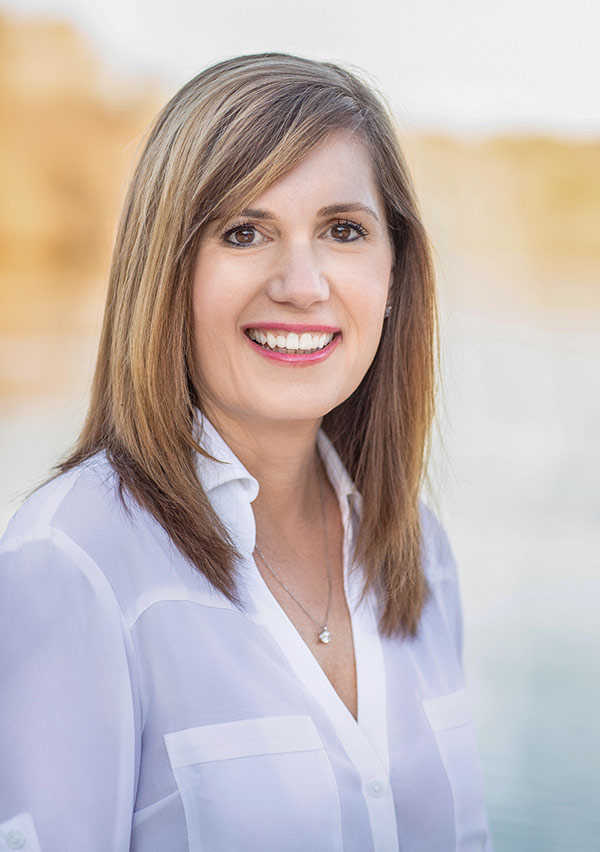What Is EFT
Emotionally Focused Therapy (EFT) is a structured couples therapy approach developed by Sue Johnson and colleagues, based on John Bowlby’s attachment theory. This approach is founded on the premise that attachment needs and bonds continue into adult relationships. Distress occurs for couples when attachment fears, especially the fear of abandonment, are triggered. Emotional responses to these fears can cause distress in the couple relationship. If a couple has a hard time meeting the emotional needs of one another, they can become stuck in negative patterns of interaction. These negative patterns occur due to ineffective attempts to understand each other’s emotional responses and related attachment needs.
EFT helps couples understand each other’s attachment needs and insecurities so couples can learn to respond to each other in more empathic, emotionally connected ways. When couples learn to respond in this way, they develop a more secure attachment. EFT can help couples understand their own emotional responses as well as the emotional responses of their partner. The goal of EFT is to help couples reinforce positive relational bonds already in place and to increase secure attachment and connection in the couple relationship.
EFT Stages
There are three stages and nine steps involved in EFT. The first stage is the assessment and de-escalation phase. During this stage, the therapist assesses the couples patterns of interaction and helps to de-escalate conflict. In the second stage of EFT, the therapist works with the couple to find ways to form a stronger bond and a more secure attachment. The final stage of EFT is about consolidation and integration. During this stage, the therapist helps the couple identify the changes that have occurred and integrate them into all aspects of the couples lives.
The Stages And Steps
Stage 1: Assess And De-escalate
Step 1: Identify key issues of concern for the couple.
Step 2: Identify negative relationship patterns of interaction and
how they increase conflict when important issues arise.
Step 3: The therapist helps the couple to identify unacknowledged
fears and negative emotions related to attachment needs and negative
relationship patterns.
Step 4: The therapist reframes key issues in terms of negative
relationship patterns and underlying emotions related to
attachment needs.
Stage 2: Changing Patterns of Interaction
Step 5: The couple are each able to share their deeper
emotions and needs based on attachment.
Step 6: The couple is coached in how to show acceptance and
compassion for their partner’s deep emotions and attachment
needs.
Step 7: The couple leans how to express deep emotions and
attachment needs while discussing issues that are likely to lead to
conflict.
Stage 3: Consolidation And Integration
Step 8: The therapist coaches the couple in using new
communication styles to discuss old problems and create
new solutions.
Step 9: The couple learns new ways to use skills learned in
therapy in other situations outside of therapy and develops a
plan to make new interaction patterns a consistent part of life
after therapy.
Is EFT Effective
Emotionally focused couples therapy is an evidence based therapeutic approach. There is strong empirical evidence supporting the efficacy of EFT. Couples who participate in EFT often feel emotionally closer to their partner. Once the couple addresses attachment injuries and blamer softening occurs, couples report feeling a deeper level of connection to one another, which often results in an increase in relationship satisfaction. Furthermore, what the couple learns in EFT can be translated to other areas of their lives, encouraging a more secure attachment to each other.
EFT In Practice
A couple comes in for therapy because of constant fighting and a lack of intimacy. In the first stage of therapy, the therapist helps the couple recognize the interaction patterns that develop based on attachment needs. For this couple, the husband reaches out to his wife and the wife doesn’t respond the way he wants her to, so he becomes angry and critical. His wife responds to his anger by withdrawing. The couple’s interaction pattern is one of pursuing and withdrawing. The therapist helps them understand the underlying emotions of the husband feeling rejected and the wife feeling afraid.
In the second and third stages of therapy, the couple learns how to change their patterns of interaction. The therapist helps the couple acknowledge and validate their partner’s emotional experience. The couple is encouraged and coached to brainstorm new solutions that work for both partners. When the couple recognizes the emotions underlying the behavior of their partner, they are able to alter their own reactions and establish healthier interaction patterns. The therapist then helps the couple to develop a plan to utilize this approach in other areas of their lives where conflict can arise.
If you are struggling in your relationship, couples counseling can help. A therapist that is trained in EFT can help you understand your attachment needs and improve your emotional connection so that you can feel closer to each other. When you feel understood and deeply connected to your partner, your couple connection can grow stronger.



